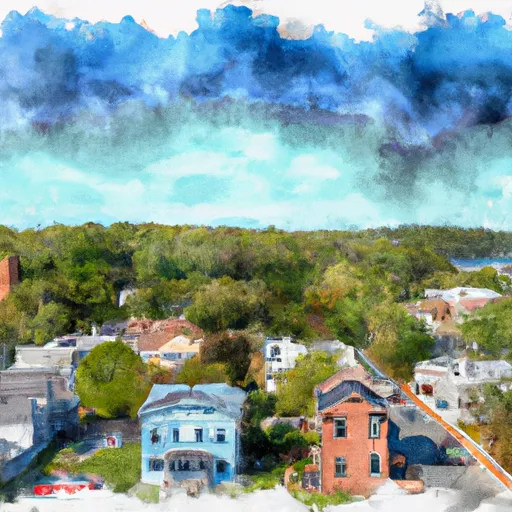°F
°F
mph
Windspeed
%
Humidity











Hopewell, Virginia is a vibrant city located in the southeastern part of the state. The climate in Hopewell is characterized by hot, humid summers and mild winters. Summers are typically long and can be quite hot, with temperatures averaging around 90°F (32°C). Winters are generally mild, with temperatures averaging around 45°F (7°C). The region experiences moderate rainfall throughout the year.
Hopewell is situated near the confluence of the James and Appomattox Rivers, making it a great location for water-based outdoor activities. The hydrology constituents of the area include the James River and its tributaries, providing opportunities for fishing, boating, and kayaking. The Appomattox River Trail offers scenic views and is a popular spot for hiking and biking enthusiasts.
In addition to water-based recreation, Hopewell offers various other outdoor activities. The city is home to multiple parks and green spaces, including Weston Manor Park and City Point Park, which provide opportunities for picnicking, walking trails, and birdwatching. Hopewell's proximity to Pocahontas State Park also allows residents and visitors to enjoy camping, hiking, biking, and horseback riding.
Overall, Hopewell, Virginia offers a diverse range of outdoor recreational opportunities, thanks to its favorable climate, hydrology constituents, and scenic natural landscapes.
Weather Forecast
Hopewell receives approximately 1152mm of rain per year, with humidity levels near 82% and air temperatures averaging around 16°C. Hopewell has a plant hardyness factor of 7, meaning plants and agriculture in this region tend to thrive during the non-winter months.
Regional Streamflow Levels
55
Cubic Feet Per Second
8,050
Cubic Feet Per Second
76
Cubic Feet Per Second
23
Cubic Feet Per Second
Nearby Camping
| Camping Area | Reservations | Toilets | Showers |
|---|---|---|---|
| Richmond RV Camp Military | |||
| Champs RV Military - A P Hill |



